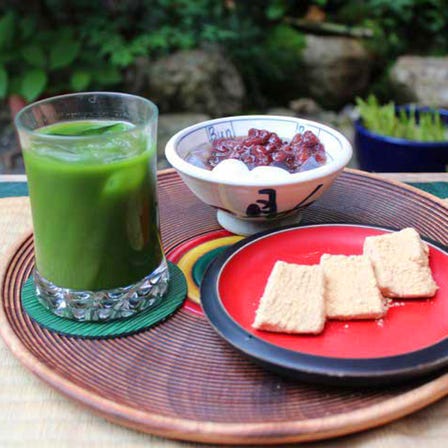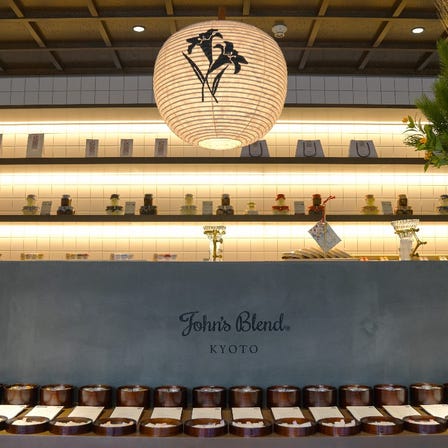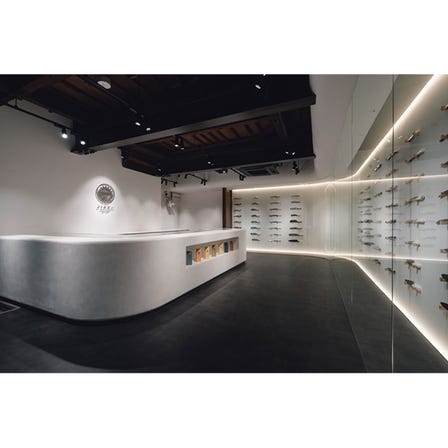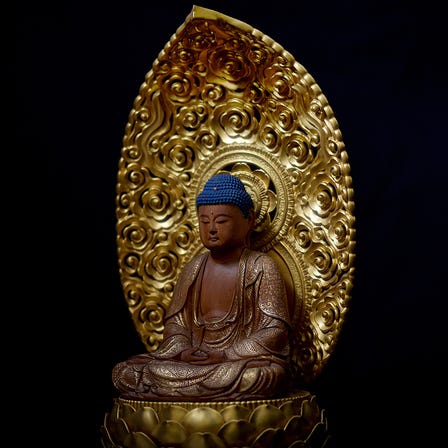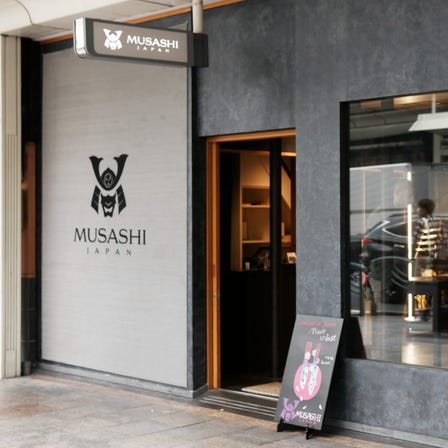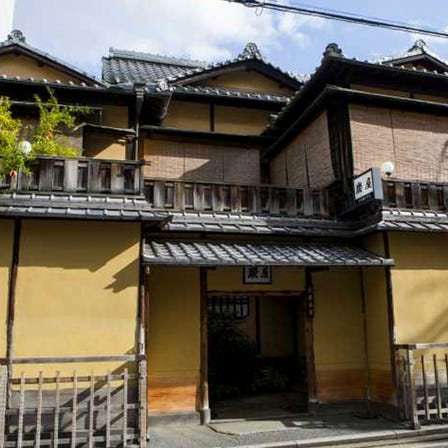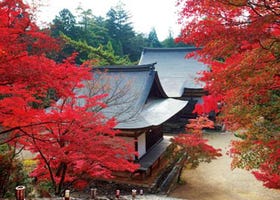Description
Following the death in 1212 of Honen Shonin, founder of Jodo sect, Chion-in Temple was built at the foot of Mt. Kacho and became known as the head temple of the Jodo sect. Mt. Kacho is one of the mountains along the ”Higashiyama Sanju-Roppo (36-mountain range)” where he spent his life. Although a mausoleum for Honen was destroyed in 1227 by monks from Enryaku-ji Temple on Mt. Hiei, Honen's disciple Seikambo Genchi erected the temple structure of Chion-in Temple in 1234 and naming Honen Shonin as its founder. The temple was bestowed the name ”Kachozan Chion-kyo-in Otani-dera Temple” by Emperor Shijo, and in the Edo period the temple grounds were expanded under the protection of Ieyasu Tokugawa. The current magnificent monastery was constructed during the reign era of the third shogun, Iemitsu. Some of the temple buildings have been designated as National Treasures, including the Miei-do Hall that enshrines the statue of Honen Shonin as the principal image, Amida-do Hall that enshrines the statue of Amida Nyorai, and Japan's largest wooden gate, San-mon gate.
Japan's largest gate—San-mon towers over the entrance of grounds donated by Hidetada Tokugawa
San-mon gate, built in 1621 on orders from the second Tokugawa Shogun, Hidetada, is famous as Japan's largest wooden gate. The huge gate measures 24 m high and 50 m wide, and as many as 70,000 tiles cover its roof. The tablet with the word ”Mt. Kacho” displayed in the center of the upper level is larger than two tatami mats (176 x 176 cm), emphasizing the gate's enormous scale. Its upper level contains a Buddhist hall surrounded by walls with richly colorful paintings, where the crowned statue of Shakamuni-butsu and statues of the Sixteen Arhats are enshrined.
Seishi-do Hall—the birthplace of Nenbutsu, enveloped in silence
The Seishi-do Hall is tucked away in a remote and quiet corner of the broad grounds. This place is believed to be the first thatched hut built by Honen Shonin and thus can be considered as the original ground of the Chion-in Temple. The current Seishi-do Hall, reconstructed in 1530 during the Muromachi period, is the oldest surviving building in the temple complex.
Japan's largest bell tower—famous for Joya no kane, or the bells of New Year's Eve
Cast in 1636, the large bell measures 3.3 meters tall, 2.8 meters across, and weighs about 70 tons. The bell is rung on two occasions every year: Gyoki-daie, which is held on the anniversary of Honen Shonin's death in April; and Joya no kane, which takes place on New Year's Eve. Joya no kane is broadcast on television every year and has become a charming feature of New Year's Eve in Kyoto.
Location Information
-
- Address
-
400, Rinkacho, Higashiyama-ku, Kyoto-shi, Kyoto, 605-8686
-
- Nearest Station
-
Higashiyama Station
・ Tozai Line
10 minutes on foot
-
- Phone Number
-
075-531-2111Available languagesonly in Japanese
-
- Hours
-
9:00am - 4:30pm
*Reception ends at 16:00
-
- Closed
- None
-
- Public Site
- Official Site
Recommended Spots in Area
- Visiting
- Eating
- Shopping
- Lodgings
-
 Yasaka ShrineKyoto Station, To-ji TempleShrines
Yasaka ShrineKyoto Station, To-ji TempleShrines -
 Kiyomizu-dera TempleGion, Kawaramachi, Kiyomizu-dera TempleTemples
Kiyomizu-dera TempleGion, Kawaramachi, Kiyomizu-dera TempleTemples -
 Nishiki Market Shopping DistrictGion, Kawaramachi, Kiyomizu-dera TempleOther Sightseeing
Nishiki Market Shopping DistrictGion, Kawaramachi, Kiyomizu-dera TempleOther Sightseeing -
 Heian-jingu ShrineGion, Kawaramachi, Kiyomizu-dera TempleShrines
Heian-jingu ShrineGion, Kawaramachi, Kiyomizu-dera TempleShrines -
 Keage InclineGion, Kawaramachi, Kiyomizu-dera TempleOther Nature
Keage InclineGion, Kawaramachi, Kiyomizu-dera TempleOther Nature -
 Puppy Café Rio KyotoGion, Kawaramachi, Kiyomizu-dera TempleCulture Experience
Puppy Café Rio KyotoGion, Kawaramachi, Kiyomizu-dera TempleCulture Experience
-
ashiyaKyoto Station, To-ji TempleTeppanyaki
-
Kyoto Nama ChocolatGion, Kawaramachi, Kiyomizu-dera TempleChocolate
-
KikusuiGion, Kawaramachi, Kiyomizu-dera TempleFrench Food
-
Bunnosuke Chaya HontenGion, Kawaramachi, Kiyomizu-dera TempleOther Cafes and Sweets
-
Fuka Nishiki ShopGion, Kawaramachi, Kiyomizu-dera TempleOther Cafes and Sweets
-
Sushi Tamahime KYOTOKyoto Station, To-ji TempleJapanese cuisine
-
BUYSELL Kyoto Shijo-dori storeGion, Kawaramachi, Kiyomizu-dera TempleClothing Stores
-
MUSASHI JAPAN Kyoto Kiyomizu Knife ShopGion, Kawaramachi, Kiyomizu-dera TempleHousehold Goods Stores
-
John's Blend Kyoto Nishiki-Ichiba StoreGion, Kawaramachi, Kiyomizu-dera TempleOther Shopping
-
JIKKO Cutlery PontochoGion, Kawaramachi, Kiyomizu-dera TempleHousehold Goods Stores
-
Yoshida Gennojo-Roho Kyoto Buddhist AltarsNijo Castle, Kyoto Imperial PalaceGift Shops
-
MUSASHI JAPAN Kyoto Shijo Knife ShopGion, Kawaramachi, Kiyomizu-dera TempleHousehold Goods Stores
-
Nanzenji Sando KikusuiGion, Kawaramachi, Kiyomizu-dera TempleRyokan
-
Sumiya RyokanNijo Castle, Kyoto Imperial PalaceRyokan
-
Hotel Yuraku KyoyasakaGion, Kawaramachi, Kiyomizu-dera TempleRyokan
-
Comfort Hotel Kyoto Horikawa GojoKyoto Station, To-ji TempleEconomy Hotels
-
Kyoto Gion HotelGion, Kawaramachi, Kiyomizu-dera TempleEconomy Hotels
-
Hilton Garden Inn Kyoto Shijo KarasumaKyoto Station, To-ji TempleHotels






















